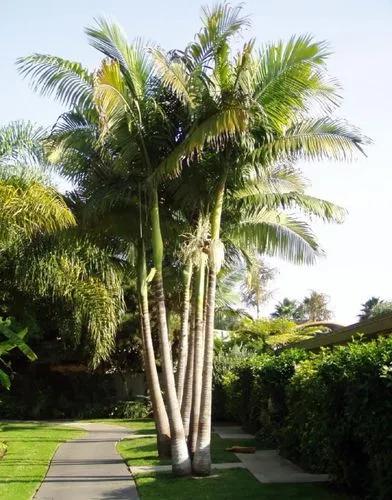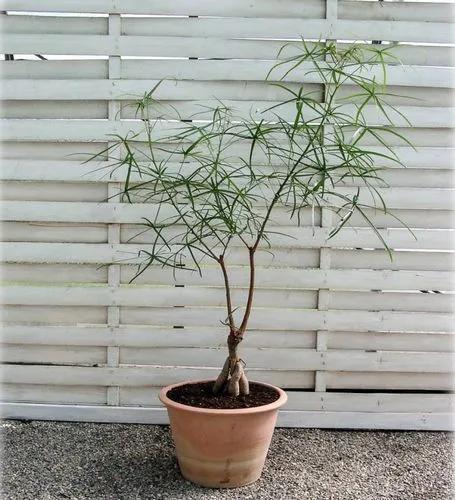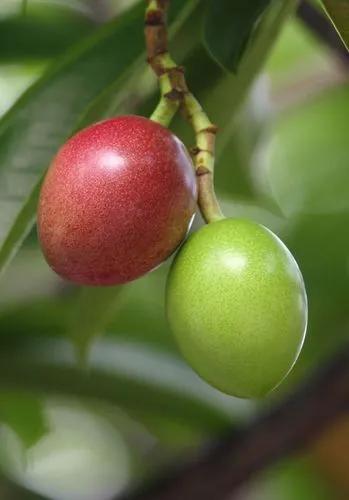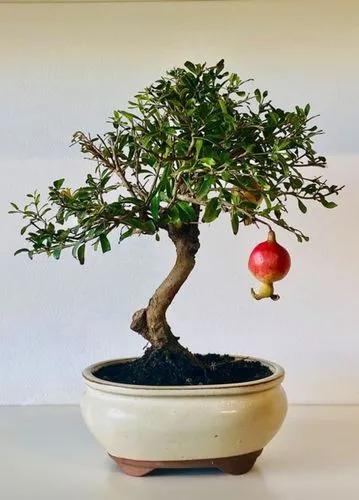Carya cordiformis, the bitternut hickory, also called bitternut or swamp hickory, is a large pecan hickory with commercial stands located mostly north of the other pecan hickories. Bitternut hickory is cut and sold in mixture with the true hickories. It is the shortest-lived of the hickories, living to about 200 years. Best grown in humusy, rich, medium to wet, well-drained soils in full sun to part shade. Best performance occurs in moist soils. Plants are generally intolerant of shade. This tree needs a large space within which to grow. It may be difficult to transplant because of long taproot.
Bitternut Hickory Care
Carya Cordiformis



It is a large deciduous tree, growing up to 35 m (115 ft) tall (exceptionally to 47 m or 154 ft), with a trunk up to 1 m (3 ft 3 in) diameter. The leaves are 15–30 cm (6–12 in) long, pinnate, with 7–11 leaflets, each leaflet lanceolate, 7–13 cm (2 3⁄4–5 in) long, with the apical leaflets the largest but only slightly so. The flowers are small wind-pollinated catkins, produced in spring. The fruit is a very bitter nut, 2–3 cm (3⁄4–1 1⁄4 in) long with a green four-valved cover which splits off at maturity in the fall, and a hard, bony shell. Another identifying characteristic is its bright sulfur-yellow winter bud. It is closely related to the pecan, sharing similar leaf shape and being classified in the same section of the genus Carya sect. Apocarya, but unlike the pecan, it does not have edible nuts. It is most readily distinguished from the pecan by the smaller number of leaflets, with many leaves having only 7 leaflets (rarely fewer than 9, and often 11–13, in the pecan). Hybrids with the pecan are known, and named Carya × brownii. A hybrid between the shagbark hickory (C. ovata) is also recognized, and is known as Laney's hickory (Carya ×laneyi).
How to Care for the Plant

Popularity

385 people already have this plant 35 people have added this plant to their wishlists
Discover more plants with the list below
Popular articles






